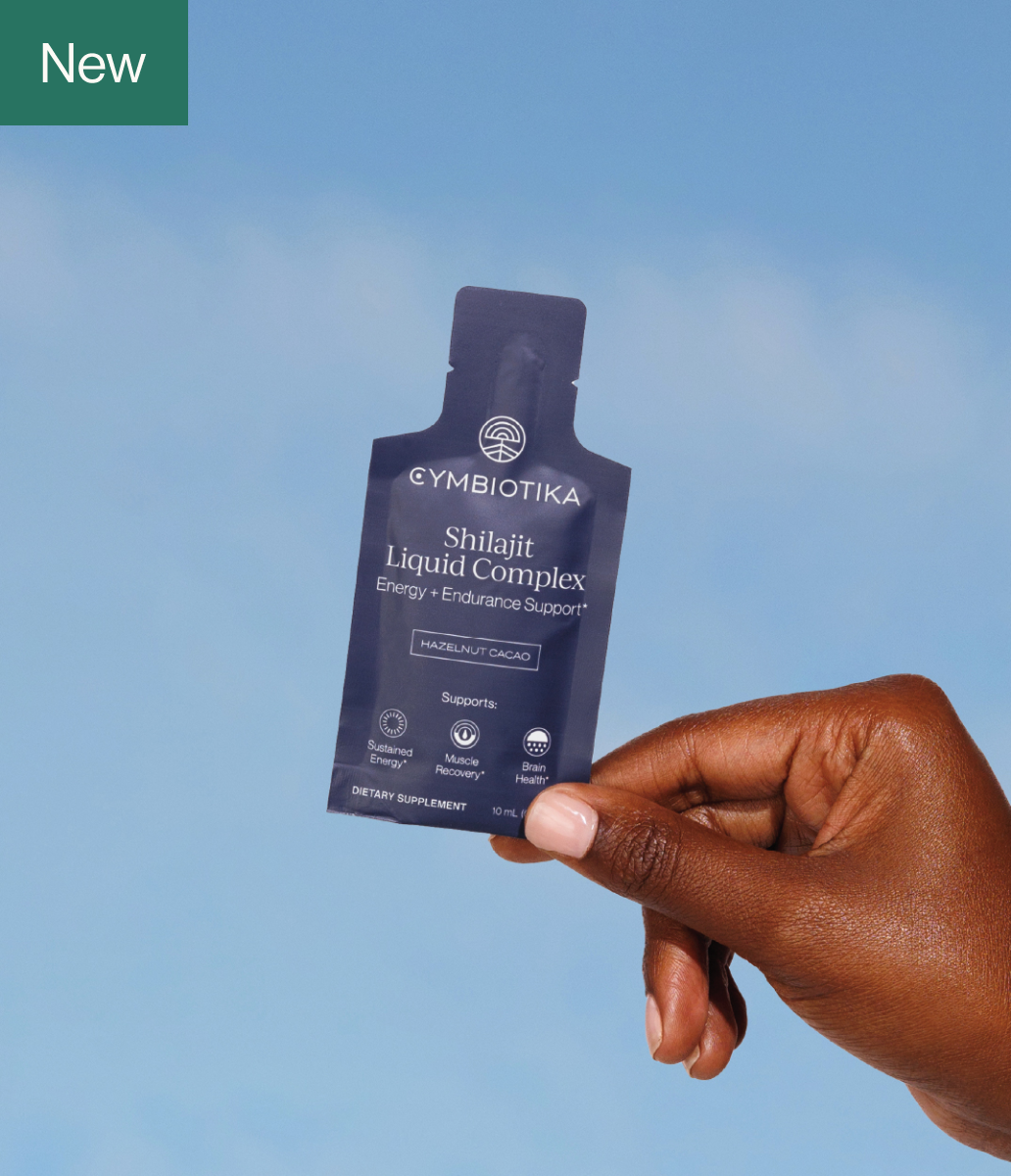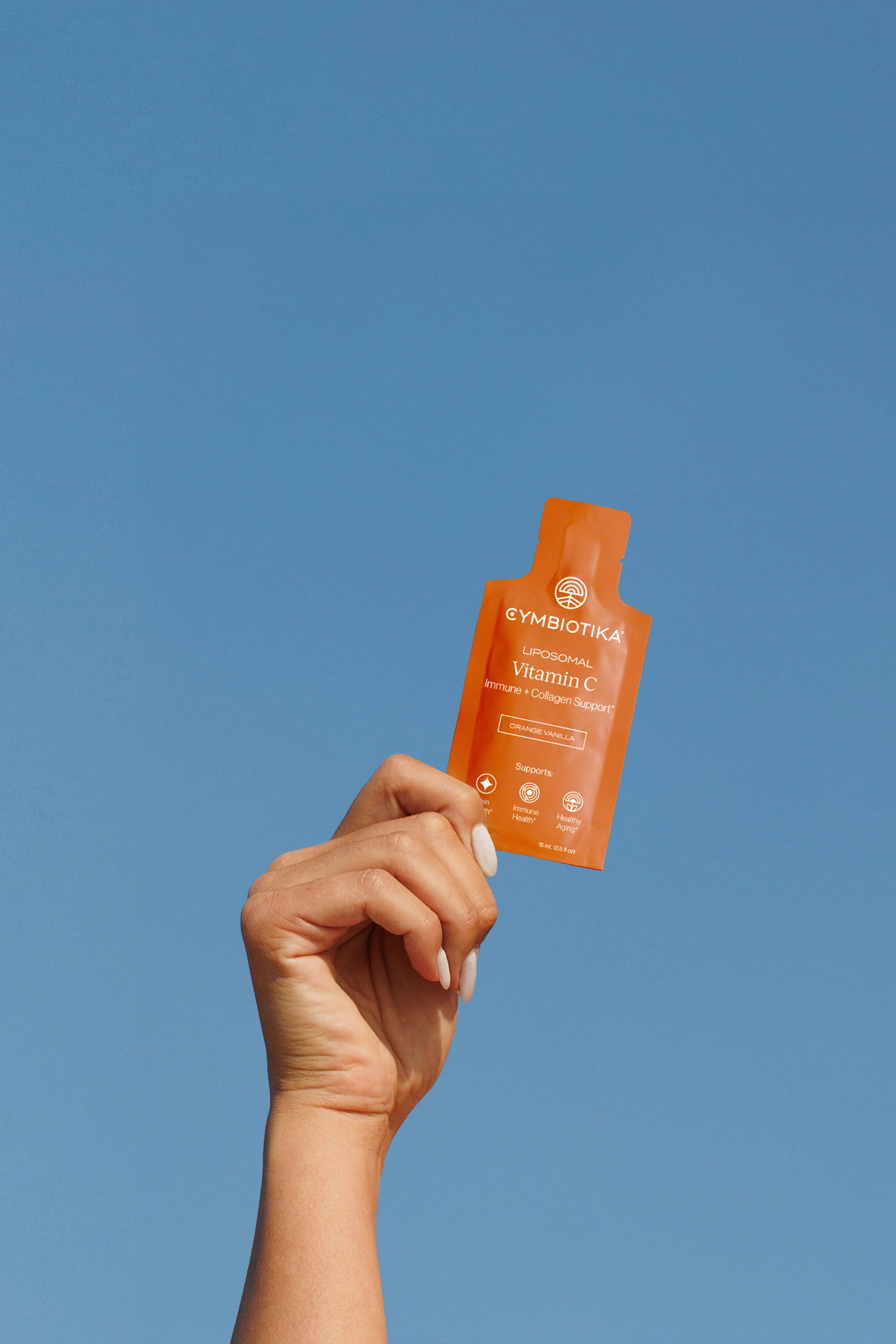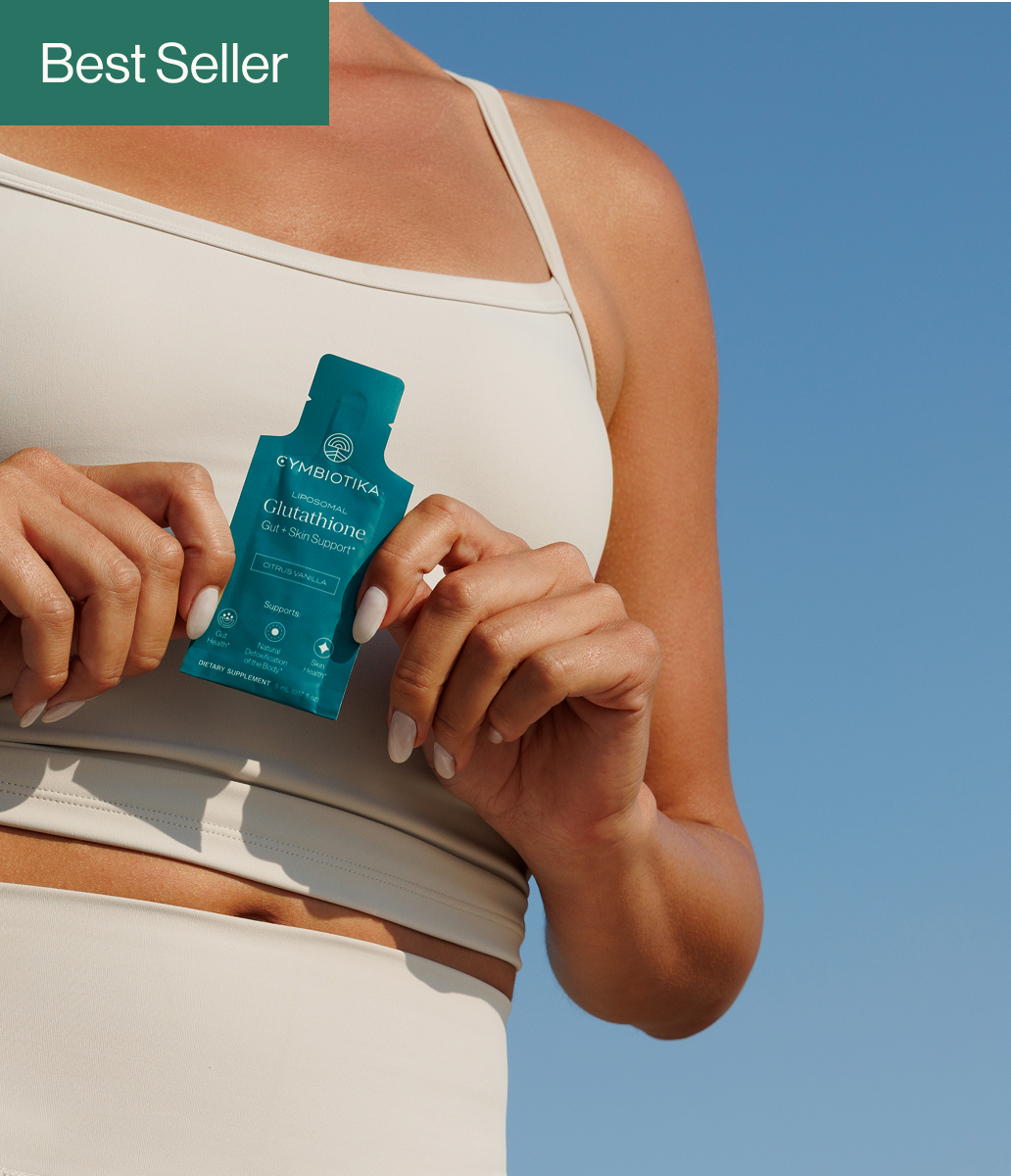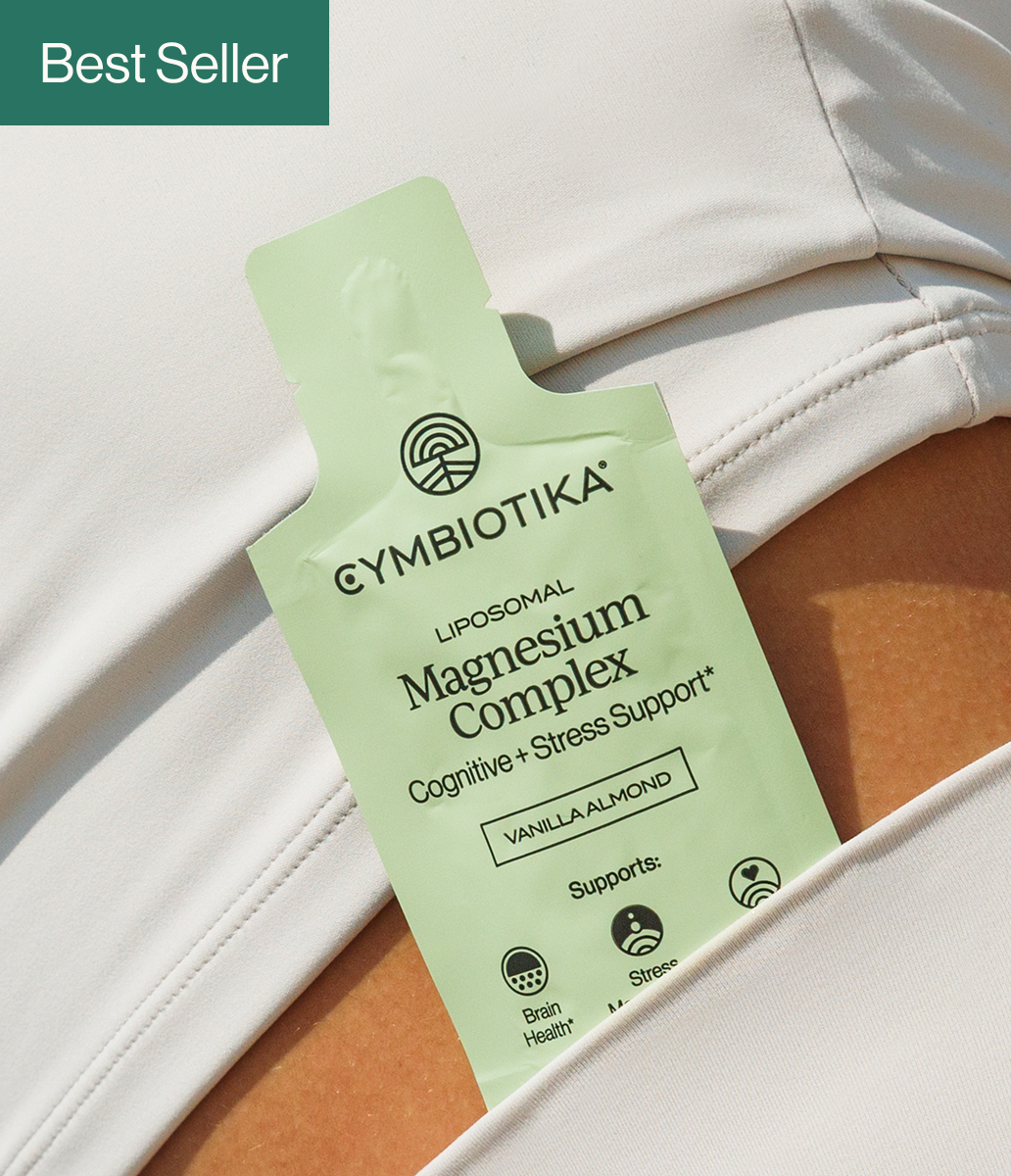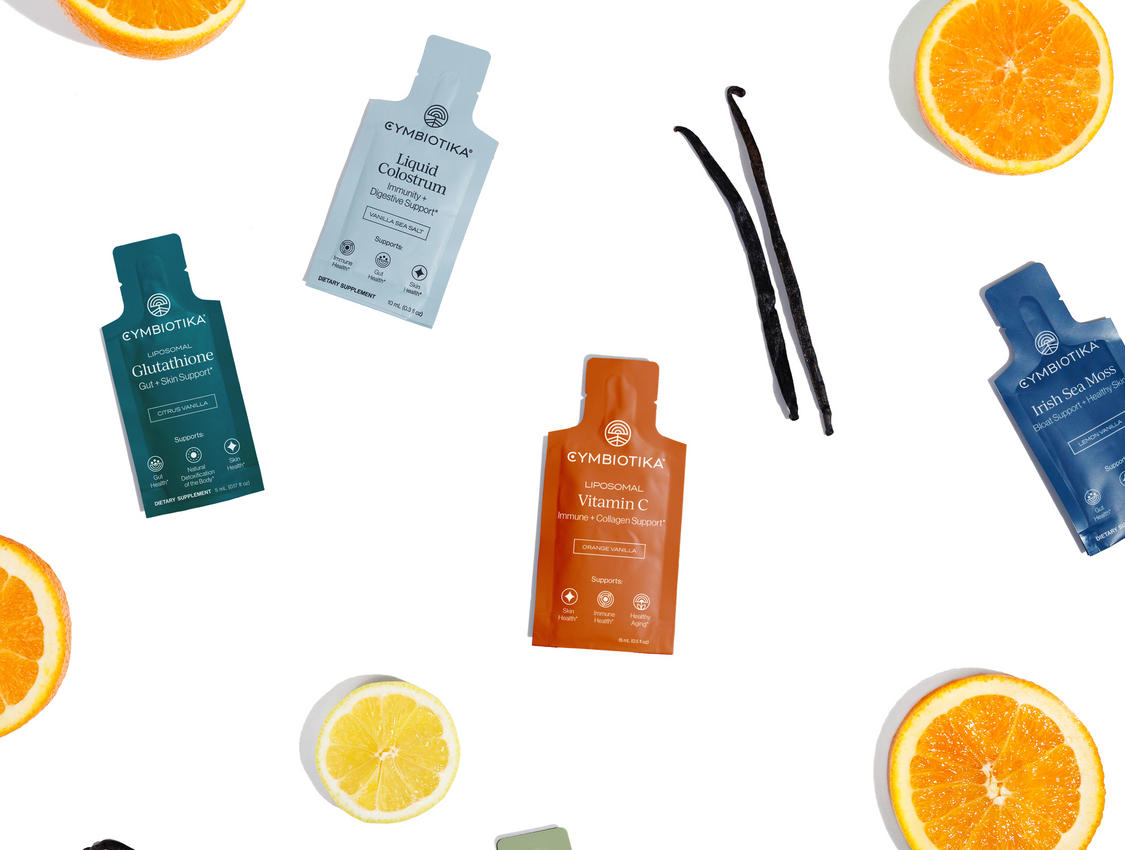Table of Contents
- Introduction
- Understanding Sunburn
- Immediate Steps to Take After Getting Sunburned
- Long-Term Care for Sunburned Skin
- Preventing Future Sunburns
- Conclusion
- FAQ
Introduction
Sunburn is an all-too-common experience that often serves as a painful reminder of the sun's power. Did you know that more than 50% of adults aged 18 to 29 report having experienced at least one sunburn in their lifetime? This statistic highlights just how easily we can overlook sun protection during our outdoor activities. Whether it’s a day at the beach, hiking, or even just spending time in the backyard, sunburn can occur when we least expect it.
The skin, being our body's largest organ, is incredibly resilient but also vulnerable to damage from harmful UV rays. This damage manifests not only as painful redness and inflammation but can also lead to long-term skin issues. Therefore, understanding how to heal sunburn skin effectively is crucial for anyone who enjoys spending time outdoors.
In this blog post, we will delve into the science behind sunburn, explore the symptoms and stages, and provide practical tips for healing sunburned skin. We will also discuss preventative measures, so you can minimize the likelihood of experiencing this discomfort in the future. By the end of this guide, you will have a comprehensive understanding of how to care for your sunburned skin and enhance your overall skin health.
What You Will Learn
- The stages and symptoms of sunburn
- How to effectively treat sunburn at home
- The role of hydration and nutrition in skin recovery
- Long-term skin care tips to prevent future sunburns
- How Cymbiotika’s skin health supplements can support your skin's healing process
Let’s embark on this journey toward understanding how to heal sunburn skin, and empower ourselves with the knowledge to protect our skin and overall health.
Understanding Sunburn
Sunburn occurs when the skin is overexposed to ultraviolet (UV) light from the sun or artificial sources, such as tanning beds. The severity of sunburn can range from mild redness to severe blistering, depending on the level of exposure and individual skin type.
The Stages of Sunburn
-
First-Degree Sunburn
- Symptoms: Redness, tenderness, and mild swelling. The skin may feel hot to the touch and may start to peel a few days after the burn.
- Healing Time: Typically heals within 3 to 6 days.
-
Second-Degree Sunburn
- Symptoms: Severe redness, swelling, and blisters. The skin becomes extremely painful, and there may be wet-looking skin due to fluid loss.
- Healing Time: Can take 1 to 3 weeks for complete healing.
-
Third-Degree Sunburn
- Symptoms: This is rare and involves deep skin damage. The skin may appear white or leathery, and there is often a loss of sensation in the affected area.
- Healing Time: Requires medical intervention, and healing can take several weeks.
Understanding these stages is vital for determining the appropriate care and treatment needed for sunburned skin.
Immediate Steps to Take After Getting Sunburned
If you find yourself with sunburned skin, it's essential to take immediate action to alleviate discomfort and promote healing. Here are some steps we can take to care for our skin promptly:
1. Get Out of the Sun
The first and most critical step is to remove yourself from further sun exposure. Find shade or go indoors to prevent additional damage.
2. Cool the Skin
Cooling the skin is essential to reduce inflammation and pain. Here are effective ways to do this:
- Cool Bath or Shower: Take a cool bath or shower for about 10-15 minutes. Avoid hot water, which can further irritate your skin.
- Cold Compress: Apply a clean, damp towel to the affected area. You can also use a cold pack wrapped in a cloth.
- Baking Soda Baths: Adding baking soda to your bath can soothe the skin. Use about 2 ounces (60 grams) in your bathwater.
3. Moisturize
After cooling the skin, it’s crucial to keep it hydrated. While the skin is still damp, apply a gentle, alcohol-free moisturizer or soothing gel. Aloe vera is an excellent choice, as it has anti-inflammatory properties and can help with healing. Consider chilling the aloe vera gel in the refrigerator before applying for an extra cooling effect.
4. Pain Relief
To alleviate pain and discomfort, consider taking over-the-counter nonsteroidal anti-inflammatory drugs (NSAIDs) such as ibuprofen or acetaminophen. These medications can help reduce inflammation and provide pain relief.
5. Stay Hydrated
Sunburn draws fluid to the skin's surface, which can lead to dehydration. Drink plenty of water to replenish fluids lost and help your body recover. Hydration aids in the healing process and keeps your skin in optimal condition.
6. Avoid Further Irritation
While your skin heals, avoid tight clothing that might rub against the burn. Opt for loose-fitting, breathable fabrics to minimize discomfort.
Long-Term Care for Sunburned Skin
Healing doesn't stop once the immediate symptoms are addressed. To promote long-term recovery and prevent future sunburns, consider the following strategies:
1. Keep Moisturizing
Continuing to moisturize your skin is crucial during the healing process. Use products with soothing ingredients like aloe vera, soy, or vitamin E. Moisturizing regularly helps to reduce dryness and peeling, allowing for better skin recovery.
2. Avoid Scratching and Picking
As your skin begins to peel, it may be tempting to scratch or pick at it. However, doing so can lead to infection and slow down the healing process. Instead, let the skin shed naturally and continue to moisturize.
3. Use Hydrocortisone Cream
For mild to moderate sunburns, a 1% hydrocortisone cream applied to the affected area can help reduce redness and inflammation. Use it as directed for a few days to promote healing.
4. Monitor for Signs of Infection
If blisters develop, it’s essential to monitor them closely. An intact blister can help protect the underlying skin. If you notice signs of infection—such as increased redness, pus, or swelling—contact a healthcare professional.
5. Nutrition and Supplements
Nutrition plays a significant role in skin health and recovery. Foods rich in antioxidants, vitamins, and minerals can enhance skin healing. Consider incorporating:
- Fruits and Vegetables: Such as berries, oranges, and leafy greens for their high antioxidant content.
- Omega-3 Fatty Acids: Found in fish, walnuts, and flaxseeds, these can help reduce inflammation.
- Hydrating Foods: Cucumbers, watermelon, and oranges can aid in hydration and support skin recovery.
At Cymbiotika, we believe in empowering our community with high-quality, science-backed supplements that promote overall wellness. Our skin health supplements can provide additional support during your healing journey. If you're unsure which supplement best suits your needs, we invite you to take our AI quiz here.
Preventing Future Sunburns
The best way to handle sunburn is to prevent it from happening in the first place. Here are some strategies we can implement to protect our skin effectively:
1. Use Sunscreen
Applying a broad-spectrum sunscreen with an SPF of at least 30 is one of the most effective ways to protect our skin from UV damage. Here are tips for proper application:
- Apply Generously: Use about 1 ounce (enough to fill a shot glass) for full-body coverage.
- Reapply Regularly: Reapply every two hours, or more frequently if swimming or sweating.
- Use Water-Resistant Formulas: If you’re engaging in water activities, choose a water-resistant sunscreen.
2. Wear Protective Clothing
In addition to sunscreen, wearing protective clothing can significantly reduce sun exposure. Opt for:
- Long-sleeved Shirts: Lightweight and breathable fabrics can shield your skin.
- Wide-brimmed Hats: These provide shade for your face, neck, and ears.
- UV-blocking Sunglasses: Protect your eyes from harmful rays while reducing the risk of skin cancer around the eyes.
3. Seek Shade
Whenever possible, stay in shaded areas, especially during peak sun hours from 10 a.m. to 4 p.m. If you’re at the beach or park, bring an umbrella or find natural shade.
4. Be Cautious with Medications
Some medications can increase your skin's sensitivity to UV radiation. If you're taking any medications, consult with your healthcare provider to understand how they might affect your sun sensitivity.
5. Educate Yourself
Stay informed about the UV index in your area. Apps and websites can provide daily updates on UV levels, helping you make informed decisions about sun protection.
Conclusion
Sunburn can be a painful and frustrating experience, but with the right knowledge and care, we can heal our skin effectively and prevent future occurrences. By understanding the stages of sunburn, taking immediate action to cool and moisturize our skin, and implementing long-term care strategies, we can promote healing and protect our skin for the future.
Furthermore, maintaining a healthy lifestyle that includes hydration, nutrition, and high-quality supplements can support our skin’s resilience against sun damage. At Cymbiotika, we are committed to empowering our community with transparent, science-backed supplements that enhance overall wellness.
As we enjoy the great outdoors, let’s take proactive steps to protect our skin. Remember to apply sunscreen, seek shade, and wear protective clothing. If you’re interested in exploring how our skin health supplements can benefit you, take our AI quiz here and discover the ideal products for your needs.
FAQ
1. What are the first signs of sunburn?
- Initial signs include redness, tenderness, and a burning sensation in the affected area. Symptoms usually develop within a few hours of sun exposure.
2. How can I treat sunburn at home?
- Treating sunburn at home includes cooling the skin with cool baths or compresses, moisturizing with soothing lotions or gels, staying hydrated, and taking pain relief medications if necessary.
3. When should I seek medical attention for a sunburn?
- Seek medical attention if you experience severe blistering, fever, chills, confusion, or if the affected area shows signs of infection.
4. How long does it take for sunburn to heal?
- First-degree sunburn usually heals within 3 to 6 days, while second-degree sunburn can take 1 to 3 weeks. Healing time may vary based on the severity of the burn.
5. Can sunburn increase my risk of skin cancer?
- Yes, repeated sunburns can significantly increase the risk of developing skin cancer, including melanoma. It’s crucial to take preventive measures to protect your skin.
By following these guidelines and understanding how to heal sunburn skin, we can take control of our skin health and enjoy the sun responsibly.
*These statements have not been evaluated by the Food and Drug Administration. This product is not intended to diagnose, treat, cure, or prevent any disease.
